Whatever your reason to visit Japan, learning Japanese, binging on gyozas or visiting every single temple and shrine in the country, your travel will more likely take you through the largest cities of the island nation.
With a Japanese population of over 127 million, more than 80% of them live in cities.
Those usually are much bigger than their European equivalent and more than a dozen cities in Japan have more than 1 million people living in them (compared to the United States which only counts nine: New York, Las Angeles, Chicago, Houston, Pheonix, Philidelphia, San Antonio, San Diego, and Dallas).
This is a brief presentation of the biggest cities in Japan to help you plan your journey.

1 - Tokyo
The capital city of the country is home to almost 9 million residents. Situated in the middle of the main island, Honshu, it faces the bay of Tokyo and the Pacific Ocean. Formerly known as Edo, this metropolis was the capital of the Tokugawa shogunate until the Meiji restoration.
Being the main economic centre of the country it is also where most Japanese government agencies and institutions hold office, such as the Tokyo Metropolitan Government Building which is the administrative centre of Tokyo Prefecture.
If you are flying from New York, you will likely land in one of the 2 main airports of the city, Narita or Haneda. There are daily flights from New York to Tokyo that last about 12 hours non-stop.
Also, it is essential to state that the majority of international flights arrive in Tokyo at either Haneda or Narita international airport; furthermore, a stay in glorious Tokyo is almost inevitable when visiting Japan.
The city's propensity to blend old traditions, Shinto or Buddhist sacred sites with modern buildings and technology, has fascinated travellers for a while now. This giant megalopolis is also one of the most expensive to visit and to live, in the world.
For every traveller visiting any of the Japanese cities, knowing a bit of the local language will decidedly be more than helpful. Just knowing a few courtesy words will go a long way. Japanese people absolutely love gaijins (foreigners) who make an effort to learn a little of their tongue.
Especially since the Japanese judge their mother tongue to be extremely difficult and pretty useless outside the country. It will come in very handy if you get lost in Tokyo metro on your way from Tokyo airport.
Since Tokyo is Japan's leading financial and commercial centre, it is also home to many institutions responsible for international and diplomatic relations. Therefore, if any US-based citizens run into any problems after a night of drinking in Tokyo, there is no need to fret since the American embassy is easily located.
Lucky for you, the capital is one of the best cities in the country to learn Japanese as specialised schools are dotted all over Tokyo.

2 -Yokohama
Part of the Greater Tokyo Area, Yokohama (meaning "Horizontal Beach"), is the second largest city in the country with 3.7 million people.
However, it is one of the most densely populated cities in the country with more than 8,500 people per km2 compared with 11,300 in New York.
Nested south of Tokyo on Tokyo Bay, the city and its massive seaport is one of the major industrial hubs of the country. Many inhabitants of Yokohama will tell you that their city is better than Tokyo.
The line between the two cities can be somehow blurred for us tourists, but the rivalry between the two is alive and well.
You will find a lot to do there too, visiting the Sankeien Garden, walking down the Osanbashi Pier or going for a baseball game at the Yokohama Stadium.
The Yokohama International Language School is situated in the city of Yokohama, which is a short train ride from Tokyo.
There you will witness the antagonism of the two sister cities at its best with the Yokohama BayStars v. the Tokyo Yomiuri Giants. Think the LA Lakers v. Boston Celtics.
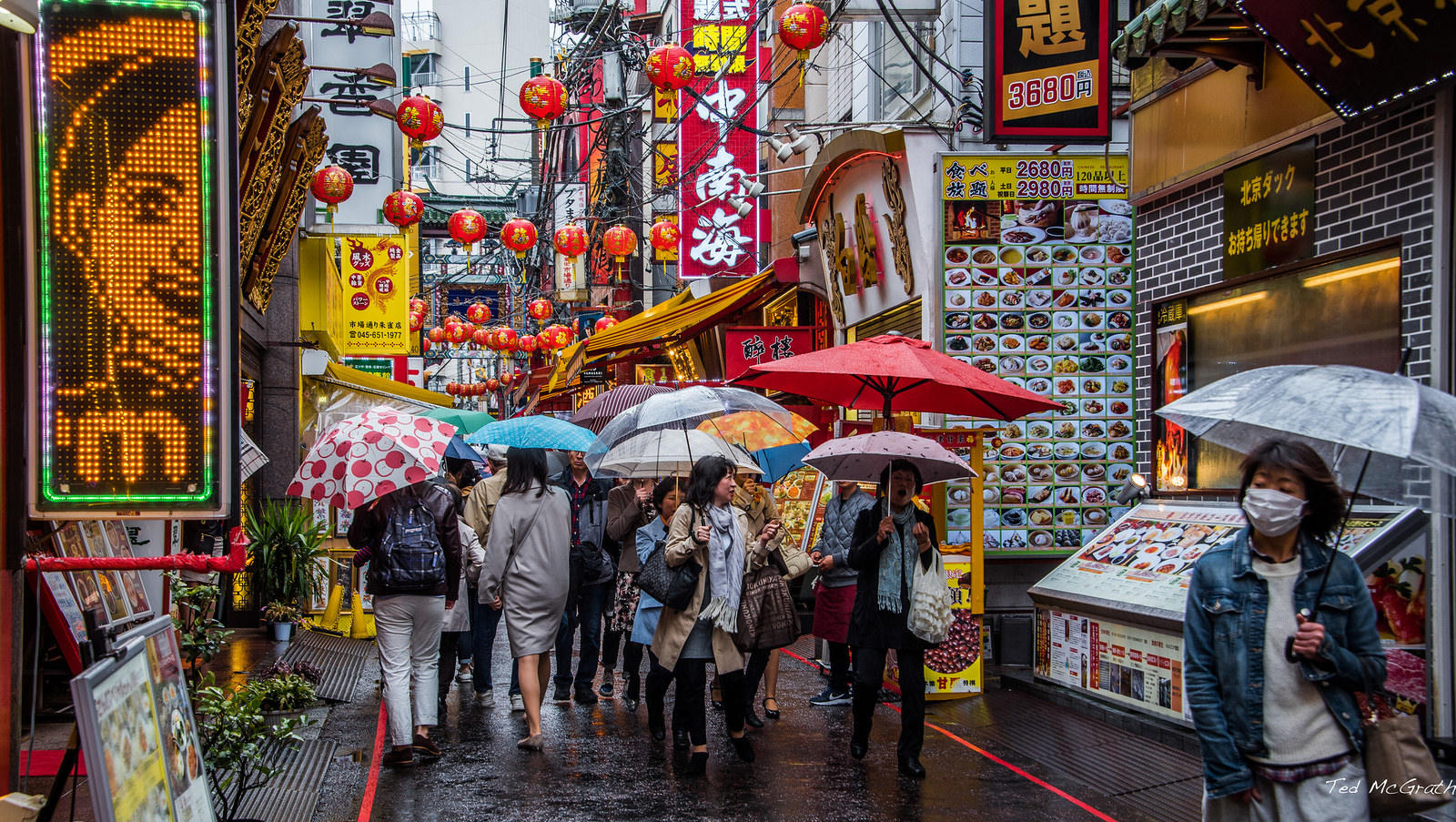
3 - Osaka
Coming third in the ranking, Osaka counts about 2.7 million people. This major city located in the Kansai region of Honshu, seats on the mouth of the Yodo River on the Osaka Bay. Historically a merchant city, it was the centre of the rice trading industry during the Edo period.
It remains today a major economic hub for the country. With a $341 billion GDP the city rivals with Paris and London for the most productive Metropolitan Areas in the world.
It still houses the headquarters of major companies such as Panasonic, Sharp and Sanyo. Despite its main economic and financial focus, the city still has plenty to offer in terms of sightseeing due to its very long history dating back to the 6th century BC.
There you will find the first Buddhist temple of the country, Shitennoji, built in 593AD. You will also be able to visit Osaka Castle which suffered many incidents, usually involving lighting or fire but underwent a full renovation in 1997 to restore it to its Edo-era splendour.
Osaka is also famous for its food scene. The city often referred to as "the Kitchen of Japan" has long been the port of entry for most of the edible food coming in the country. From there, local chefs started creating dishes that have remained classics to this day.
Takoyaki, okonomiyaki, and kushikatsu are only three examples of the food you must try while in the city. If you fall in love with the country and would like to stay there a bit to learn the language, the Kansai College offer Japanese classes for gaijins.

4 - Nagoya
Between Tokyo and Kyoto on the Pacific coast, Nagoya and its 2.3 million inhabitants are located in the Chubu region, still on Honshu. Nagoya greater area counts about 10 million people and rivals New York's 8.5 million.
The city is famous for the blossoming cherry tree along the Yamazakigawa Riverside, from March to April. The Nagoya City Science Museum also houses the world's biggest planetarium and some very impressive towering Tesla coils.
Like all Japan, the city features century-old monuments and ultra-modern attractions. With its many castles, museums, gardens and even a zoo and botanical garden, the city is a major cultural hub.
Nagoya is the largest city in the Chubu region boasting a very transited port. Having the third-largest metropolitan area in Japan is not all that Nagoya is known for, the area is massive coming in at 326.4km²!
For those who want to get off the beaten track and experience the authentic Japanese experience, Nagoya is the place to visit.
Nagoya is also renowned for some very its very tasty food scene.
Try the Tebasaki chicken wings, the Kishimen noodles or Hitsumabushi rice, all very local delicacies. If you fancy some Japanese classes in-between two restaurants head to the Nagoya SKY Japanese Language School.
Why not get a head start on our language skills and start lessons in the US with Japanese classes New York or tutors in Chicago?
5 - Sapporo
The only large city located on the northern island of Hokkaido, Sapporo is home to 1.9 million Japanese. This city records some of the lowest temperatures in Japan, not surprisingly given its location, facing Vladivostock in Russia, just over the Sea of Japan.
In winter expect up to -4C and in summer, temperatures rarely go above the mid 20C. For all of you who enjoy winter sports such as skiing, Hokkaido and Sapporo itself are said to have some of the best slopes in the world.
With fluffy and powdery snow the Sapporo Kokusai Ski Resorts, only an hour away from Sapporo, not only counts more than 10km of slopes but some onsens, the famous Japanese hot spring, at the bottom of the mountain.
All weary skiers will be glad to relax in those after a long day in the mountain. Sapporo people are also said to be even more welcoming than their fellow citizens.
I, myself, think that it is due to the fact that Sapporo was the first city in Japan where full-scale beer brewing happened. Nothing better than a cold pint of beer to bring people together (with moderation of course). Pay a visit to the Sapporo Beer Museum while you're there.
The Japanese Language Institute of Sapporo and the Hokkaido Japanese Language Academy are also two of the best place in Japan to learn Japanese.
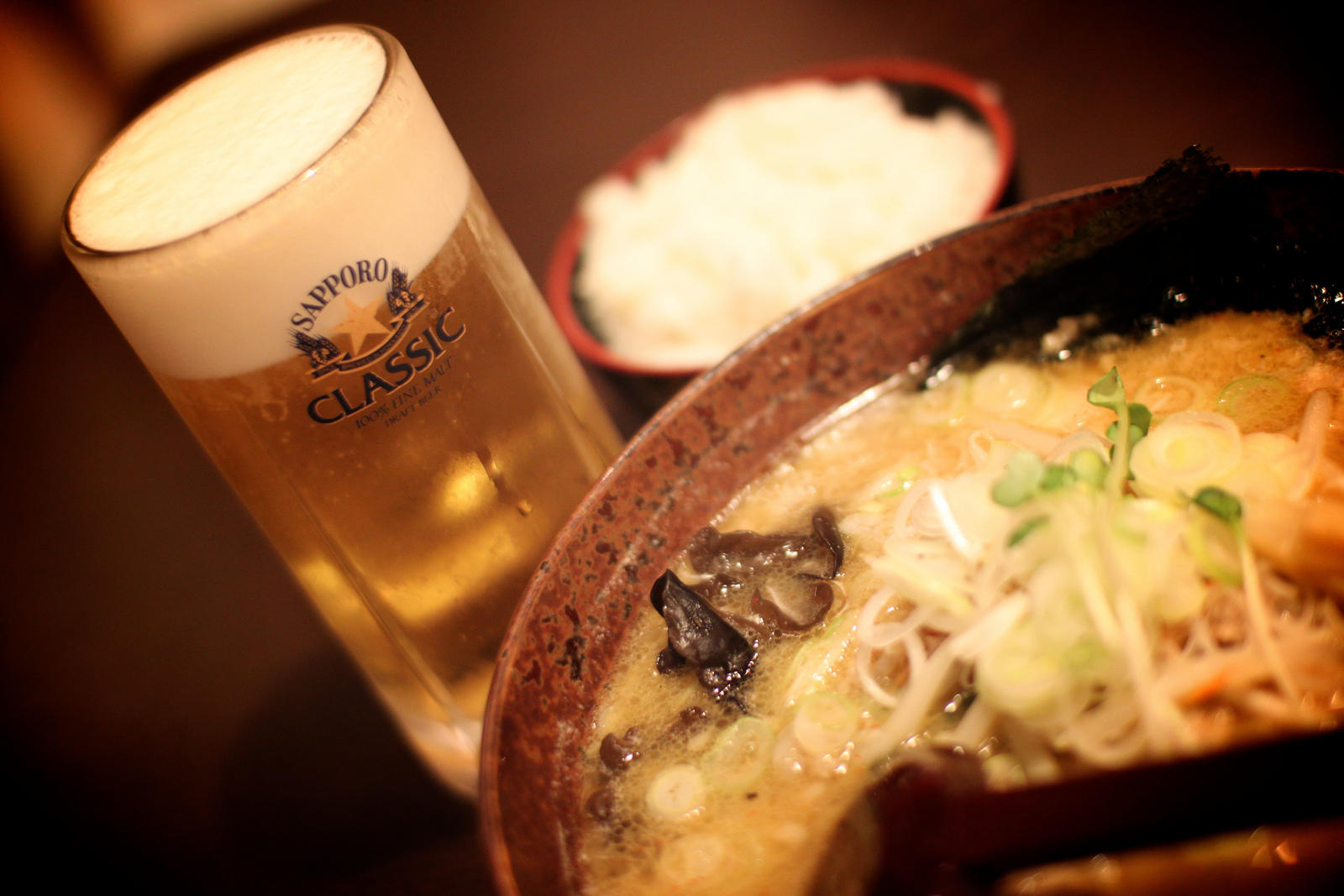

6 - Kobe
Located in the region of the Kansai, near Kyoto, the city comprises more than 1.5 million people. The city became famous for its amazing beef.
Exported all over the world since 2012, Wagyu beef is now renowned for its fantastic taste and texture. However that taste has a price, selling at more than $700 a kilo in the US, you will probably find it for $390 a kilo directly in Japan.
With Gross Domestic Profit (GDP) of $341 billion, according to recent estimates, it is one of the wealthiest parts of the world and also one of the most expensive in terms of the local cost of living beating out countries such as Ireland, Denmark, Hong Kong, and Ireland.
Kobe is also famous for making amazing sake, the rice wine so inherently part of Japan.
With an industry that flourished thanks to the abundance of top quality rice, amazing spring water and a conveniently close location to the port of Osaka, the city has a whole district full of sake breweries.
Visit the Sawanotsuru Sake Museum to learn more about this Japanese staple beverage.
7 - Kyoto
The last of the Osaka-Kobe-Kyoto trio forming the Keihanshin. This metropolitan area, about the size of Northen Ireland, regroups roughly 20 million people, more than twice as much as the Greater New York area.
Kyoto, the former capital of Japan from 794-1868, steals visitors' hearts and is viewed as Japan's most beautiful city.
Being the former imperial capital, Kyoto boasts hundreds if not thousands of interesting sites to visit. Often coined as the most beautiful city in the country, the UNESCO acknowledged that in 1994 by adding to its World Heritage List, 17 sites located in Kyoto, including temples, shrines and castles.
You will also find the second oldest language school reserved for foreigners in Kyoto. If you would like to learn Japanese, no better place than the Dokodemo School.

8 - Fukuoka
The only ranked major city to be located on the island of Kyushu, the city's population of 1.5 million puts it number 8 on the list.
This municipality is a culturally rich place and should definitely be on your itinerary should you want to learn more about Japanese culture.
On top of its many temples (some of them amongst the oldest in the country), the island also offers a beach mainly frequented by locals, an Art Museum, loads of green spaces with some of the top-ranked cherry blossoms spots of the nation and many festivals throughout the year.
For most Japanese people outside the island of Kyushu, Fukuoka is mainly known for its food scene. In the 1990's the city became famous for its Motsunabe (a beef and pork stew) and attracted heaps of tourists from all over the rest of the country.
You will also find there an amazing yatai (street food vendors) scene, all year long, a rare sight in Japan. You will probably hear, maybe without noticing, Hakkata-ben being spoken at some such street food stalls.
This local language is the Japanese version of Cockney and is typically spoken by many citizens of Fukuoka.
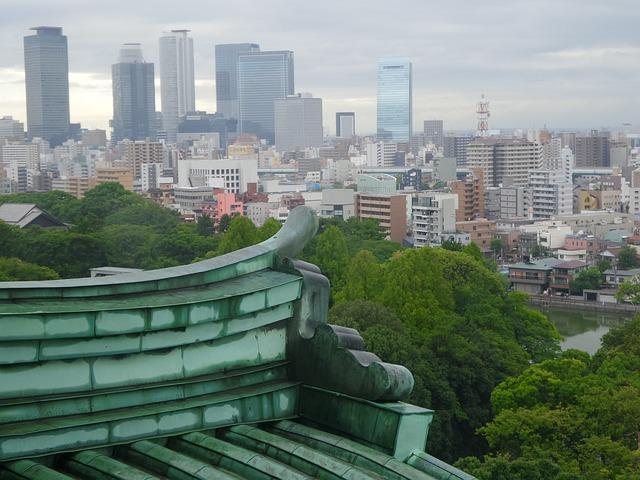
9 - Kawasaki
This smaller neighbour of the capital, counting 1.4 million inhabitants, should not be overlooked during your trip to Tokyo.
Stretching along the Tamagawa river, the city has a fascinating open-air museum, the Nihon Minkaen, featuring genuine old-style houses from all the country, giving you insight into how life was for Japanese centuries ago.
If you're a fan of manga and specifically of the masterpiece Doraemon, you will want to make a detour by the Fujiko F. Fujio Museum, which celebrates the work of the famous artist.
Be aware that tickets are not sold directly at the museum instead you'll have to get them from convenience stores (limited tickets per day).
10 - Saitama
While this 1.2 million people city probably doesn't warrant a week-long stay, it will make for a nice day trip.
Located north of Tokyo in the Kanto region, the city is just an hour away from the capital by train. Known as the "Little Edo", the city hosts the Chichibu Yomatsuri yearly.
Six giant decorated floats march through the city accompanied by Chichibu Yatai-Bayashi taikos.
Happening during the first week of December, the main event being on the 3rd, this harvest festival has been held for more than 300 years and is attended by more than 200,000 people yearly.
Why go to Saitama, a suburb of Tokyo?
The reason is simple: to study Japanese at the Yono Gakuin Japanese Language School; this school has been established for more than twenty years and offers top-notch Japanese language classes to international students.
And more ...
The 10 cities in Japan we just listed are just the tip of the iceberg. If you already made it to Japan it means that typhoons, tsunamis and earthquakes scare you not and you might as well further your exploration of the Prefectures, and understand the regions, of Japan.
A lot of Japan's major cities suffered devastating bombings during WWII with some significant site being destroyed and lost forever. Japan succeeded in rebuilding cities, towns and villages that had been damaged during wartime.
And today's marks of the bombardment have been replaced with monuments for peace. Hiroshima, which was destroyed by the first Atomic bomb ever used, now stands proud and the Peace Memorial Museum is a reminder of a sad past that tells us all to fight for a better future.
Okinawa, Chiba, Nagano, Asahikawa, Kumamoto, Nara, Nagasaki, Kanazawa are only a few more examples one might want to visit to understand better the rich heritage of Japan, its ryokan culture, geisha history and sumo fighting included.
The Shinkansen trains and the JR Pass make it even simpler to go around the country even to remote towns where tourism isn't that developed.
Cities in Japan: an urban landscape through the nation
To understand why Japan counts so many big cities, first, you need to look at its landscape and topography. The nation counts a total of 6,852 islands. Of which only 430 are inhabited.
Mountains cover 73% of those islands, 68% of which is woodland. This terrain explained why cities and agricultural land is mainly found near the seas and oceans surrounding the island, with land flatter and easier to tame.
With more than 29,000 km of coastline, the ocean has remained one of the main resources of the nation further explaining the concentration of the largest cities on the main islands' shores.
By Japanese standards, small cities will look like Detroit, Baltimore or Portland, which are considered large cities in the U.K.
Geographic Comparison between Japan and the United Kingdom
| Japan | United Kingdom | |
|---|---|---|
| Total population | 127,231,779 | 66,512,435 |
| Population density per km2 | 335 | 271 |
| Number of cities with more than 200,000 inhabitants | 103 | 36 |
| Land Area | 377,837 sq. km. | 244,110 sq. km. |
| Coastline | 29,751 | 12,429 |
| Forests | 68.5% | 13% |
| Agricultural Land | 13% | 69% |
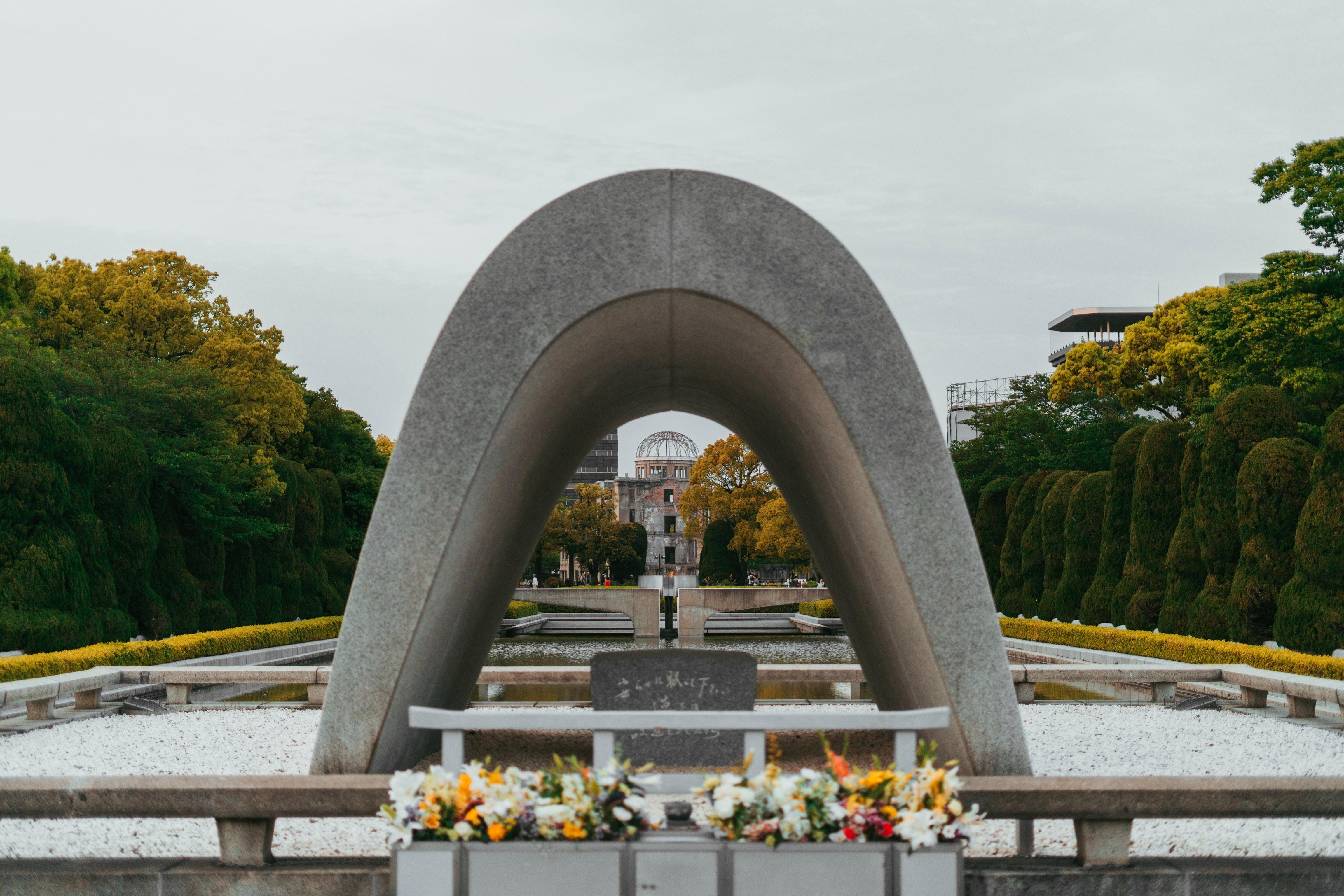
If you're interested in visiting Japan and want to learn more about applying for a visa, click here. Search online for 'Japanese classes near me' to see what you could learn. Alternatively, to learn Japanese online, see here.
In conclusion, it's important to state that whether you are moving to Japan to study the language or for work opportunities, the land of the rising sun has much to offer foreigners looking for a new adventure.
Japanese cities are very extravagant and eclectic; how so? A visitor may easily explore rice fields, cherry trees and ancient temples, in a town that's the size of Portland or Milwaukee! We highly recommended a visit to learn Japanese in the land of Nippon!
Check Superprof for many Japanese language courses.

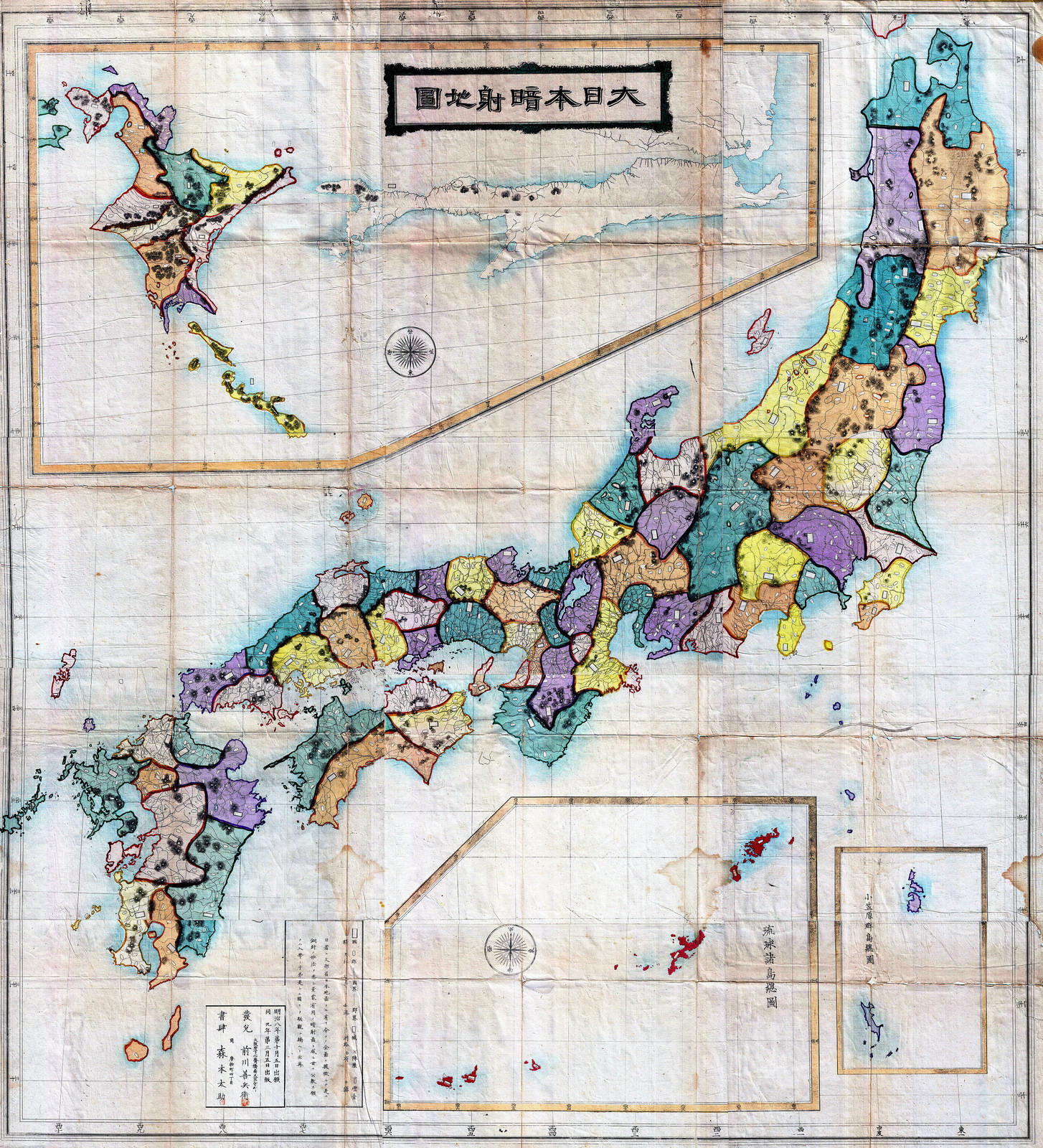





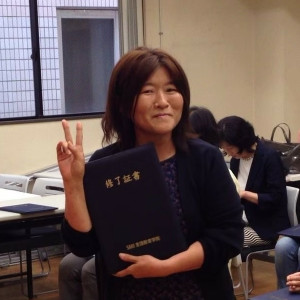
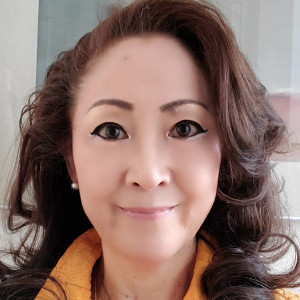







Thanks for ever!Mo